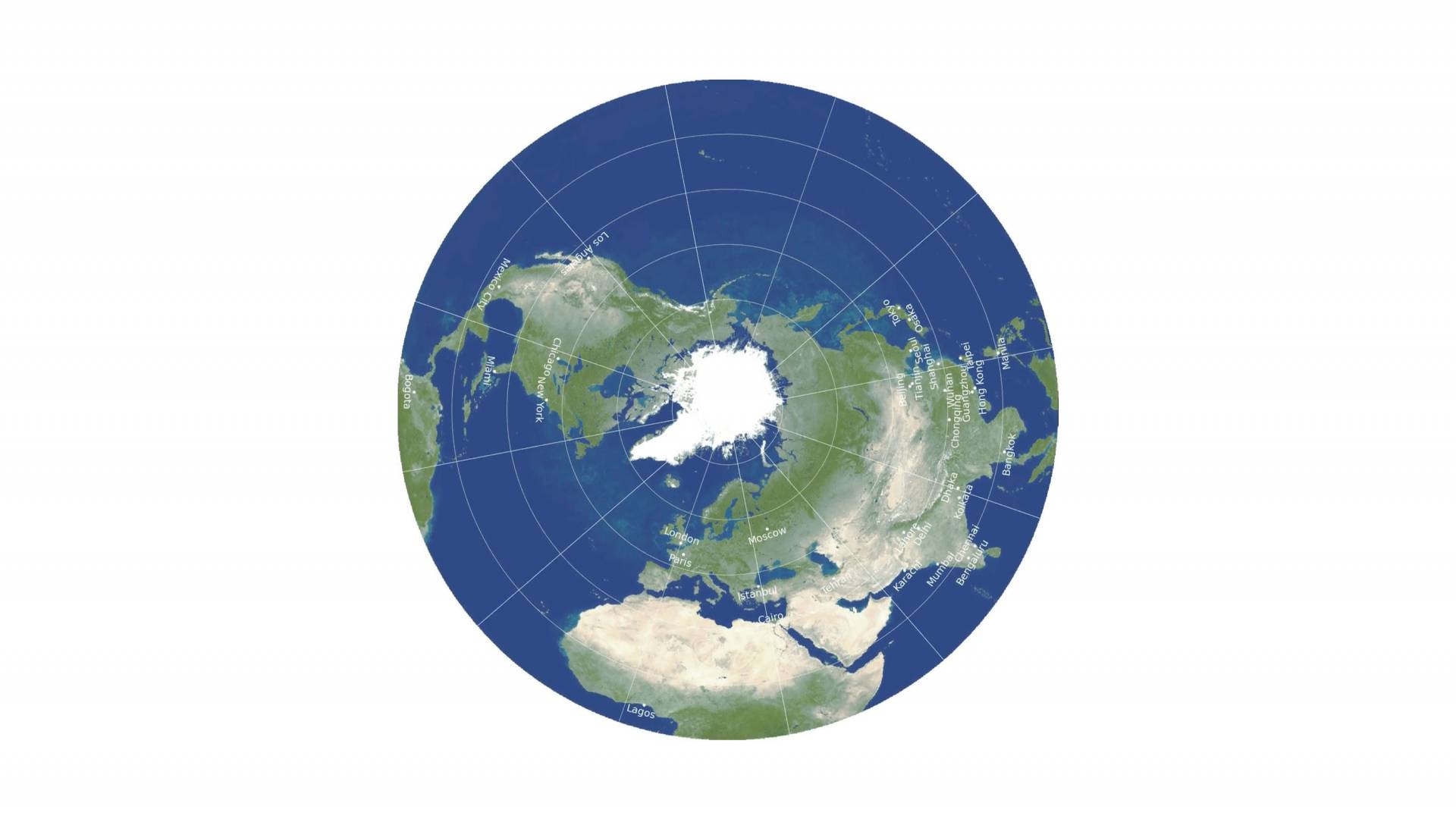
While self-regulating and ancient, humanity proved a threat to this place. They used it as an object lesson of the Earth as a small, vulnerable, lonely, and fragile body teeming with life in a dull, black, lifeless void. It became the rallying cry of environmental activists, politicians, and scientists during the annual Earth Day celebrations. This image, and the other stunning photographs of the Earth taken from space, inspired a reconsideration of our place in the universe. Stewart Brand put the photograph on the cover of his Whole Earth Catalog. More recent analysis credits Schmitt with the photo, but it cannot be determined for certain. It was virtually impossible to tell who on the Apollo 17 crew actually took the photograph-Eugene Cernan, Ronald Evans, or Harrison Schmitt-all of whom took many photographs with the Hasselblad cameras aboard the spacecraft during the mission. To capture this iconic image the astronaut/photographer used a 70-millimeter Hasselblad camera with an 80-millimeter lens. As Brand recalled: "I was a big fan of NASA and of then ten years of space exploration that had gone up to that point, and there we were in 1966, having seen a lot of the moon and a lot of hunks of the Earth, but never the complete mandala… it was a bit odd that for ten years, with all the photographic apparatus in the world, we hadn’t turned the cameras that 180 degrees to look back." This story has been told and retold in various ways, with some authors suggesting that Brand had alleged a NASA cover-up of secret photographs, although, his statements do not reflect this belief. Not until the Apollo 17 mission in 1972, however, did “Whole Earth” become a reality. Brand even made up buttons that asked, “Why haven’t we seen a photograph of the Whole Earth yet?” He sold them on college campuses and mailed them to prominent scientists, futurists, and legislators. There was a heavy cloud cover in the Southern Hemisphere but the majority of the coastline of Africa is clearly visible, especially the Arabian Peninsula, Madagascar, and portions of the Asian mainland.Īs early as 1966, environmental activist Stewart Brand began a campaign for NASA to release an image of the whole Earth in space. Sometimes called the “blue marble,” this photograph taken during the translunar coast en route to the Moon, showed the Mediterranean Sea area in the north and extended to a good depiction of the to the Antarctic south polar ice cap. The photo was the best one taken by these astronauts of a fully lit Earth, as the astronauts had the Sun behind them when they took the image.

Who has not seen the bright blue and white image of the Earth, swaddled in clouds and looking inviting, in numerous places and in various settings? Taken by the Apollo 17 astronauts on December 7, 1972, this photograph is one of the most widely distributed images in existence.


 0 kommentar(er)
0 kommentar(er)
